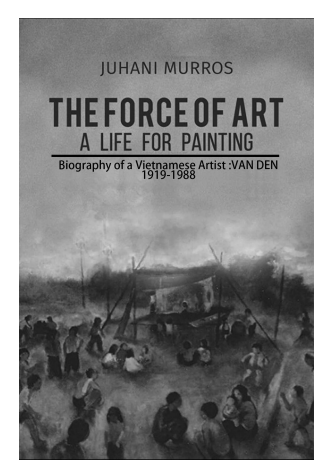The Roman Colosseum was built almost two thousand years ago. Despite its age and a 14th century earthquake that knocked down the south side, most of the 150-some foot building is still standing. Scientists and engineers have long suspected a key to the building' s durability (使用年限) is the use of a specific Roman concrete. But exactly how this solid concrete has contributed to the architecture' s strength has been a mystery to researchers across the globe.
A team of researchers recently discovered a potential answer to why these ancient Roman buildings have been able to weather the test of time while many modern concrete structures seem to fall apart after a few decades. The answer is self-healing concrete.
The material has three components: limestone (石灰石), volcanic material and water. What the researchers found was that the self-healing feature might be simply caused by chemistry accidentally. The limestone in the concrete is likely the secret.
When the ancient Romans made mortar (灰浆), they heated up the lime to turn it into a substance called " quicklime" . And, because they introduced water to the quicklime during mixing, the heat it produced set up a chemical foundation that could strengthen the concrete later. When tiny cracks start to form later, the quicklime stops them from becoming bigger. When it rains, the lime reacts with the water to recombine as various forms of calcium carbonate (碳酸钙), quickly filling the crack or reacting with the volcanic ash to " heal" the material.
For materials scientist Ainissa Ramirez, this new understanding of ancient Roman concrete is a welcome discovery. " This is one way that the material can be more environmentally friendly," says Ramirez. " It' s sort of like a message in a bottle. The Romans made the material. We had to kind of figure out how they did it so that we can make better materials — and then, you know, in turn, be better protectors of our environment. "




